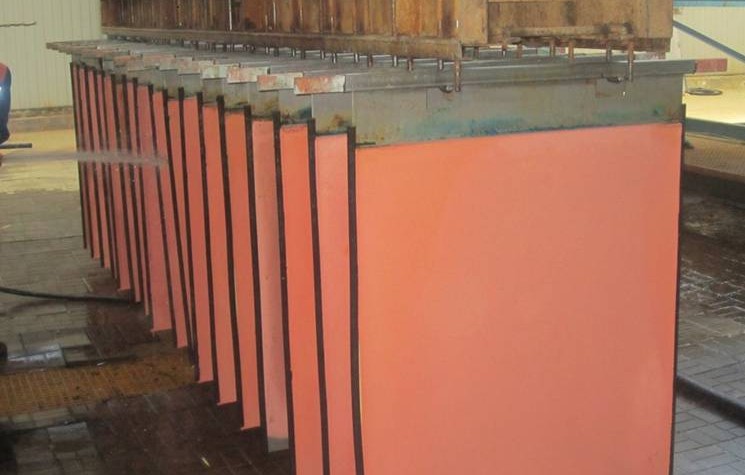Copper Takes A Dive As The Global Economy Wobbles And Hot Money Switches To Gold

By Alastair Ford
Copper prices have fallen sharply in the wake of a downgrade from the global economy from the World Bank, and as the number of put options in the market multiplies. The World Bank’s revised figures show the global economy growing at three per cent over 2015, as against the 3.4 per cent that it had previously predicted.
The engine of much of that growth will be the United States of America, while the one-time powerhouses of Brazil, Russia, India and China will have much less of an impact.
Specifically the World Bank expects “continued soft commodity prices and weak global trade” as the Eurozone and Japan continue to struggle with major structural issues.
The impact on copper has perhaps been overplayed by markets, partly as copper has been one of the few commodities not to have endured a precipitous decline at some stage of over the past couple of years.
But it’s time seems to have come now. With a strengthening dollar only exacerbating the issue, copper has dropped more than ten per cent since the start of the year, and is now trading at close to US$5,500 per tonne, or less than US$2.80 per pound.
In the face of that weakening sentiment towards the global economy, some funds that have held copper as a proxy for general economic growth are now dumping the metal. Many are moving into gold, in spite of the strength in the dollar, as a way of laying off any risk related to the currently collapsing oil price.
In addition, many funds that have shorted the oil price are now doing the same with copper, following a general consensus that with China’s growth now slowing, copper will continue to weaken.
But it may not be that simple. Copper was in deficit for most of last year, and although a small surplus is forecast for this year, many pundits have noted that any disruption to supply could turn that surplus into deficit once again.
Certainly, at these price levels, the long-term prospect of new supply coming on stream remains very limited.
According to CRU around 10 per cent of global production is unprofitable below US$6,000 per tonne, while around 25 per cent of production would be unprofitable were the price to dip below US$5,000.
It’s also worth noting that even if China’s growth rate is slowing, the amount of copper it’s been importing remains on the rise. CRU forecasts that the growth in copper demand will slow to four per cent this year down from 5.5 per cent in 2014. This compares with average 10 per cent growth per year between 2002 and 2012.
In terms of tonnes though, demand is still up. And that demand will have to be met with supply from somewhere.
Comments (0)